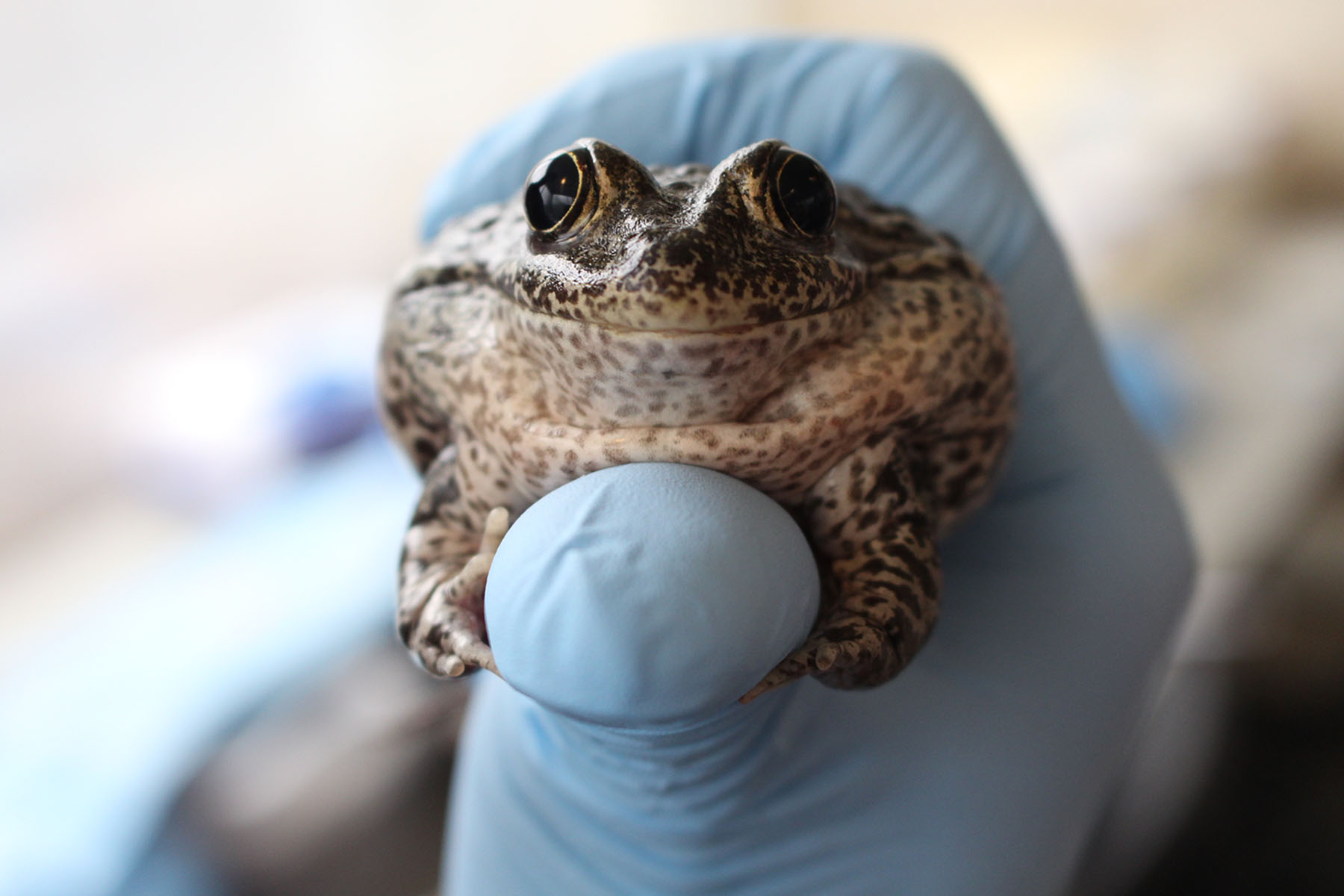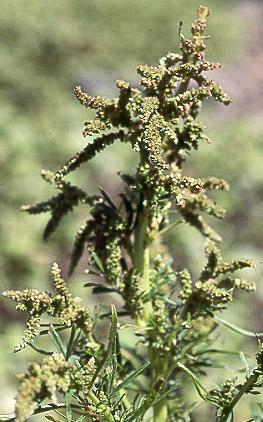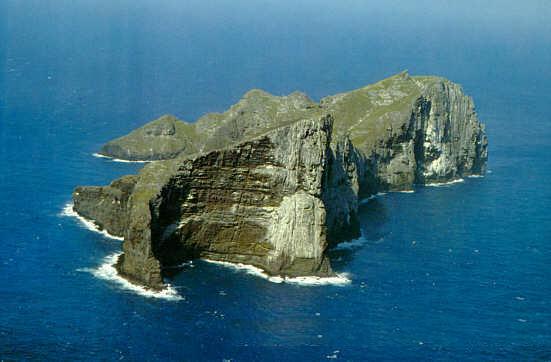 Most people know that the world is facing an extinction crisis. Overfishing, unchecked energy exploration, and human sprawl has put 16,000 species on the Endangered Species List, with many more waiting to get on.
Most people know that the world is facing an extinction crisis. Overfishing, unchecked energy exploration, and human sprawl has put 16,000 species on the Endangered Species List, with many more waiting to get on.
Evidence suggests that once on the list, the chances of ever getting off are slim. But does that have to be that case? It turns out that many, if not most, of the organism on that list are highly savable, and at a hell of a bargain.
As I wrote in a recent story for Newsweek, More than half of the endangered species – and where the list has seen the most growth in recent years – are in the plant kingdom. Most of these species would be relatively cheap to raise in greenhouses and replant in the wild yet the budgets to do so is laughably small.
 Take Amaranthus brownii, an obscure Hawaiian herb that’s been on the list since 1979 and is found on a single quarter-square-island, called Nihoa. It’s never been grown in captivity but conceivably could be, with a little effort. Congress annually appropriates the oddly-specific sum of $135,884, but only paid out two percent of that – a little under $3,000. That wouldn’t cover the trip to get to Nihoa. And believe it or not, A. brownii is lucky to get that much. Plenty of species that are due hundreds of thousands every year never see a dime.
Take Amaranthus brownii, an obscure Hawaiian herb that’s been on the list since 1979 and is found on a single quarter-square-island, called Nihoa. It’s never been grown in captivity but conceivably could be, with a little effort. Congress annually appropriates the oddly-specific sum of $135,884, but only paid out two percent of that – a little under $3,000. That wouldn’t cover the trip to get to Nihoa. And believe it or not, A. brownii is lucky to get that much. Plenty of species that are due hundreds of thousands every year never see a dime.
So what is the solution? Plenty of environmentalists would say, “More money for the US Fish and Wildlife Service!” And certainly that would work, were it not for the fact that there’s no political upside to it. If someone came to you outside the supermarket with a tin cup and said “Give $2 to save a rare herb?” would you really reach into your wallet? But what if, instead, someone came up to you and offered $50,000 for the same thing?
Why are we asking citizens to pay for conservation when it would be so much more effective and efficient to pay them to do it themselves?
After the Dust Bowl ravaged America’s heartland, we didn’t set up a National Anti-Erosion Department, we paid farmers to do it themselves – and continue to do it every year under the Farm Bill. Now, criticize the Farm Bill all you want (and certainly I could all day) but it’s popular with people on the ground. And that is the Endangered Species Act’s biggest problem – local people hate it. Some will even search their land for a critter about to make the list and eradicate it. The organisms most at risk in America are found in tiny areas, and thus their fates are in a select group of very hostile hands. So what if we just paid people to preserve the animals themselves?
 This week the Supreme Court released a ruling on the dusky gopher frog, essentially saying that the government should designate habitat for it if the critter isn’t actually there. Essentially, our government went to landowners and said, “Your forest is endangered species habitat, even though there are no animals there.” It’s almost as if they wanted to get sued in federal court. Instead, what if they said, “Hey, this is good dusky gopher frog habitat, we’ll pay you a buck for every frog you can maintain here. Same goes for your neighbors.”
This week the Supreme Court released a ruling on the dusky gopher frog, essentially saying that the government should designate habitat for it if the critter isn’t actually there. Essentially, our government went to landowners and said, “Your forest is endangered species habitat, even though there are no animals there.” It’s almost as if they wanted to get sued in federal court. Instead, what if they said, “Hey, this is good dusky gopher frog habitat, we’ll pay you a buck for every frog you can maintain here. Same goes for your neighbors.”
No lawsuit, no loggers griping about stupid frogs, no fodder for politicians to score political points. Just a bunch of landowners rushing to Google to search the phrase “frog husbandry.”